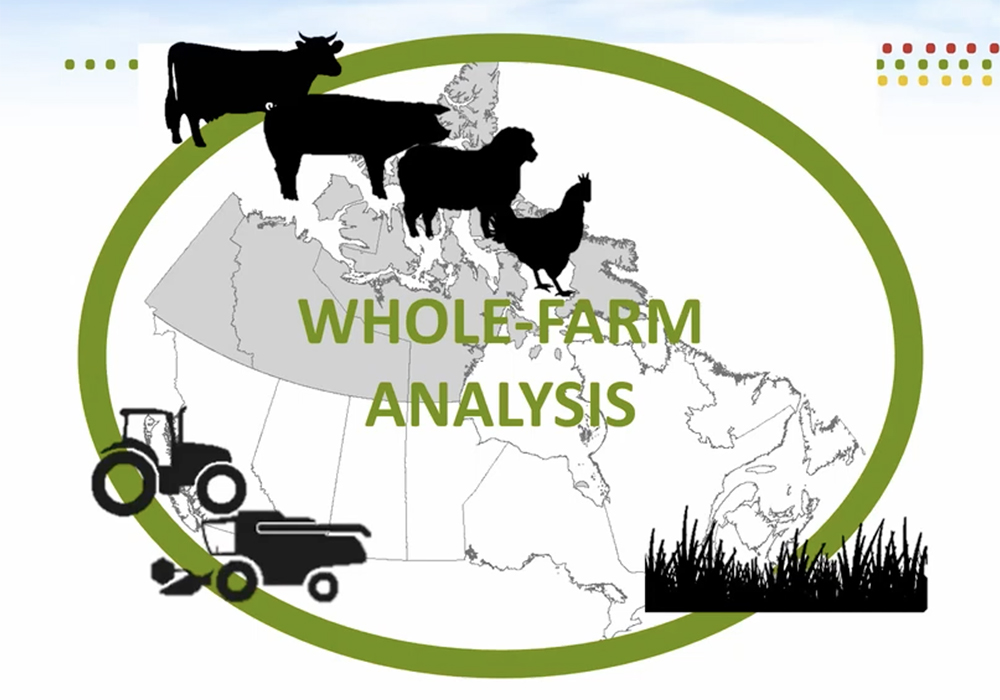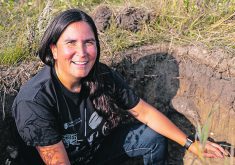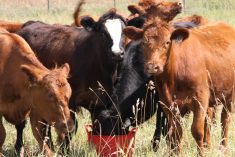Producers can input beef production information and pasture data to learn how to reduce greenhouse gas emissions
Agriculture Canada is updating the model that farms and ranches can use to estimate agricultural greenhouse gas emissions.
The Holos model has been around since 2008, and its most current model, version four, since 2020, but the fifth version is now in development.
At the Sustainability of Canadian Agriculture Conference, hosted by the University of Manitoba in March, developers spoke about the future of Holos, and the upcoming fifth version.
The Holos model is a software application that uses data entered by producers to build a model farm. Then, it estimates greenhouse gas emissions, as well as soil carbon changes that occur on the operation. The main goal of the model is to identify how emissions can be decreased. For example, according to the government of Canada website, the settings of the model and the management practices inputted can be adjusted to see how the emissions and the changes in soil carbon can be affected and lowered.
Read Also

The Western Producer Livestock Report – November 6, 2025
Western Producer Livestock Report for November 6, 2025. See U.S. & Canadian hog prices, Canadian bison & lamb market data and sales insights.
The Holos model allows producers to enter specific crops. For beef producers, they can input beef production information as well as data from their pastures.
Aaron McPherson, lead software developer of Holos, says version five will include support for Apple computers. Currently, the Holos model only works for PCs. He says they are also working on updating the user interface.
“There’s going to be some minor model updates in version five, but anything major will be released with version six of the software,” McPherson says.
Agriculture Canada employee Roland Kroebel says they are in talks with people who are calculating the phosphorus indicator to potentially adopt it in the future. They also have a rudimentary nitrogen budget they are refining.
He also says they don’t provide any suggestions on how to reduce one’s emissions because the Holos model is for education and decision-making support, not regulation.
For the past few years at the Sustainability of Canadian Agriculture Conference, the developers of the Holos model have taught producers how to use the model. In 2024, there were 80 to 90 participants who followed along as McPherson showed them how the Holos model works. The workshops allow producers to ask questions and get answers in real time.
Some of the most prevalent questions were related to data entry and availability. Employees from Agriculture Canada said in the chat during the virtual conference that they are looking for new ways to add more default data to Holos so the user can still run the model even if they don’t have complete data from their operation.
“We have a nice, big growing list of things to do for version five and version six,” McPherson says.
In the future, McPherson says they plan on having monthly training for producers who would like help learning how to use the Holos model.
















